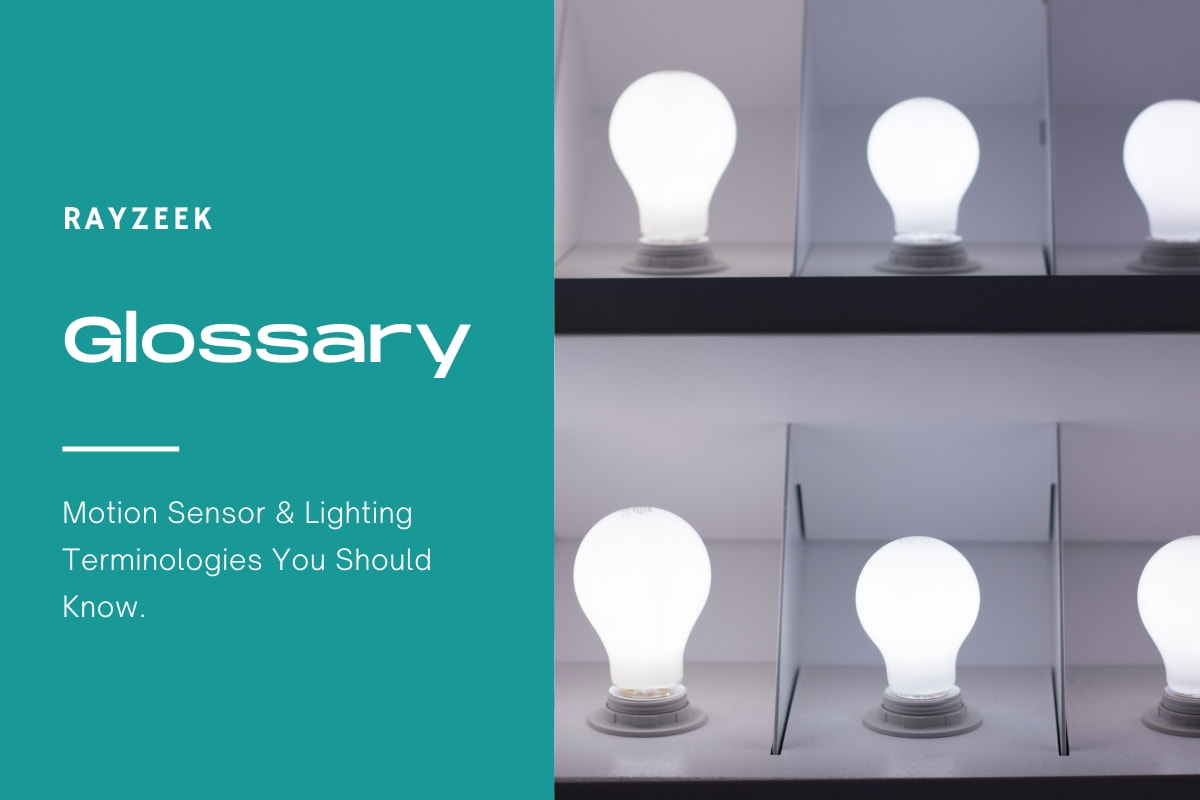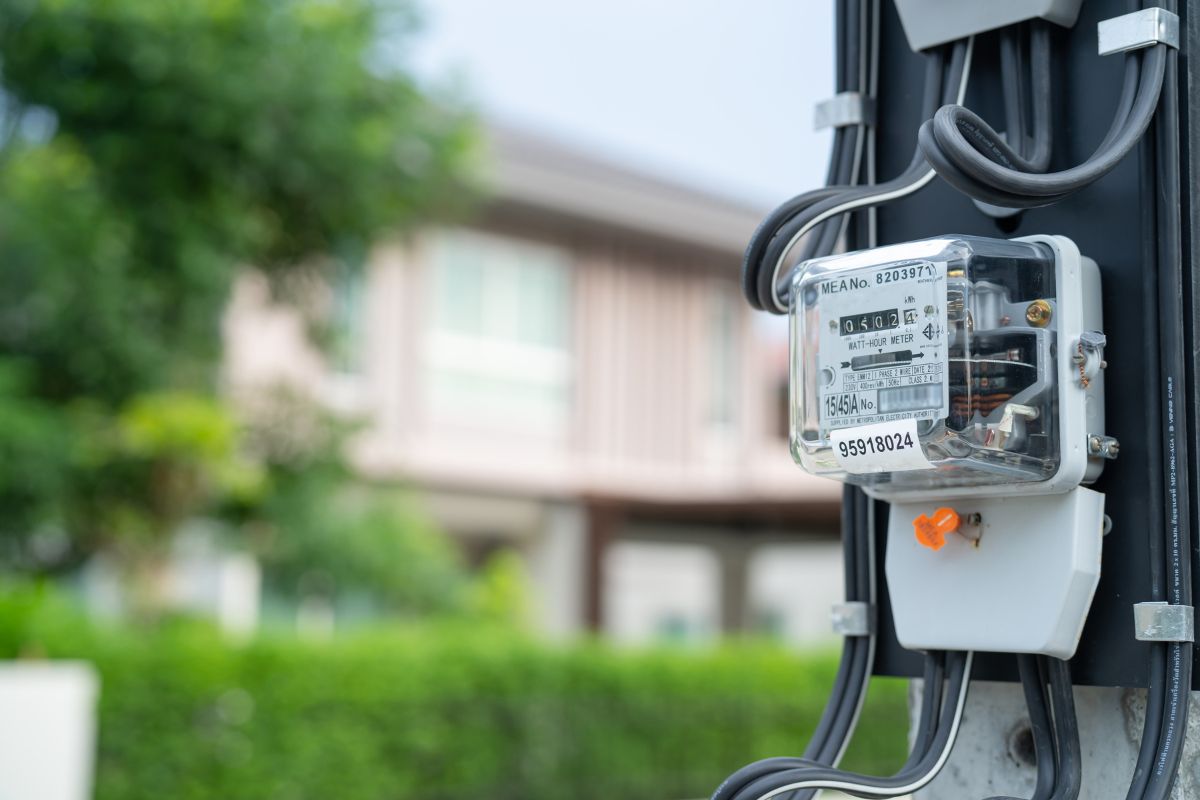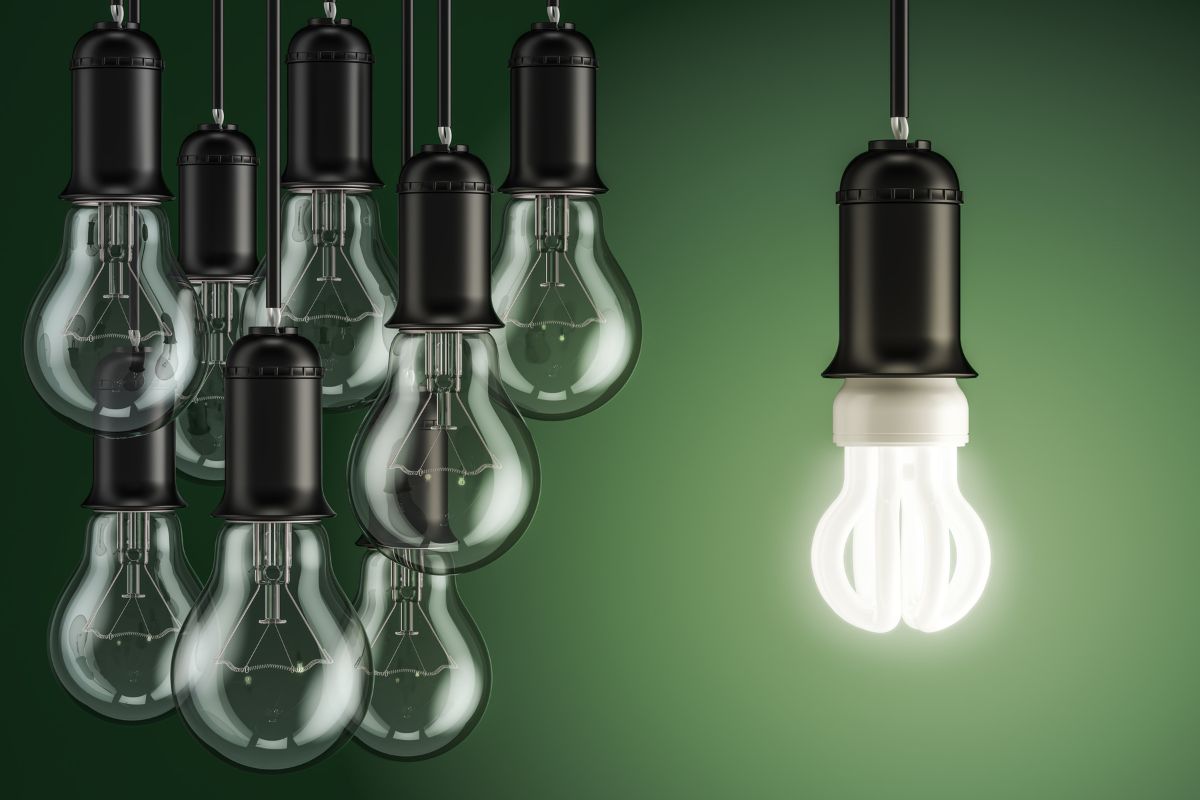Co je nepřímé osvětlení
Nepřímé osvětlení je technika, při níž jsou svítidla strategicky umístěna tak, aby vyzařovala světlo, které se pak odráží od povrchů, jako jsou stěny a stropy. Tím se vytvoří rozptýlené a rovnoměrně rozložené osvětlení v celé místnosti, které působí měkce, beze stínů a příjemně. Hlavním účelem nepřímého osvětlení je poskytnout okolní osvětlení, které slouží jako hlavní zdroj osvětlení prostoru. Na rozdíl od přímé osvětlení, které vytváří jasná světelná místa a silné stíny, je nepřímé osvětlení navrženo tak, aby bylo příjemné pro oči a vytvářelo příjemnější a přívětivější atmosféru.
Nepřímého osvětlení lze dosáhnout nasměrováním světla nahoru ke stropu, od kterého se odráží a odráží směrem dolů, čímž vzniká rozptýlený efekt. Je však důležité si uvědomit, že to není striktní pravidlo a nepřímého osvětlení lze dosáhnout také nasměrováním světla dolů nebo do stran a jeho odkloněním na nejbližší stěnu. Klíčovou myšlenkou je vychýlit zdroj světla a umožnit mu dopadat do požadované oblasti.
Inspirujte se portfoliem pohybových senzorů Rayzeek.
Nenašli jste to, co jste chtěli? Nebojte se. Vždy existují alternativní způsoby řešení vašich problémů. Možná vám pomůže některé z našich portfolií.
Kromě estetických výhod má nepřímé osvětlení také praktické výhody. Eliminací ostrých stínů a jasných míst pomáhá snižovat namáhání očí a vytváří příjemnější vizuální prostředí. Zlepšuje také vnímání prostoru tím, že místnost působí větší a otevřenější. Z hlediska designu nabízí nepřímé osvětlení flexibilitu a všestrannost. Lze jej použít ke zvýraznění architektonických prvků, zdůraznění textur nebo k vytvoření specifické nálady či atmosféry. Nepřímé osvětlení lze navíc kombinovat s dalšími technikami osvětlení, jako je např. pracovní osvětlení nebo akcentní osvětlení, aby bylo zajištěno vrstvené a dynamické osvětlení.
Hledáte řešení úspory energie aktivované pohybem?
Obraťte se na nás pro kompletní PIR senzory pohybu, produkty pro úsporu energie aktivované pohybem, spínače se senzorem pohybu a komerční řešení pro detekci přítomnosti/volnosti.
Často kladené otázky
Jak poznáte, že je světlo nepřímé
Nepřímé světlo lze identifikovat v místech, kde je okno orientované na východ, nebo v interiéru místnosti, která je dostatečně osvětlena oknem orientovaným na jih nebo západ. Dalším znakem nepřímého světla je, když je mezi zdrojem světla a rostlinou průhledný závěs.
Jsou světla LED nepřímá
Pro nepřímé osvětlení se doporučují světla LED. Dodávají se v různých formách, například v podobě pásů nebo pruhů, a jsou k dispozici v mnoha zářivých barvách.
Kde používáte nepřímé osvětlení
Odpověď: Nepřímé osvětlení je skvělou volbou pro minimalizaci stínů a odlesků. Je vhodné zejména pro prostory s odrazivými povrchy, jako jsou počítače nebo televizory. V případech, kdy se v místnosti provádějí další důležité zrakové úkony, může být nutné použít další pracovní světlo. Pro dosažení nejlepší účinnosti se doporučuje bílý nebo velmi světlý strop.
Jaký je nejefektivnější typ bytového osvětlení
Problémem žárovkového osvětlení jsou vyšší výdaje za elektřinu. Žárovky jsou známé svou neúčinností, protože 90% energie, kterou spotřebují, se přemění na teplo, nikoli na světlo. Kromě toho mají žárovky kratší životnost ve srovnání se zářivkami CFL a diodami LED.
Co je příkladem přímého světla
Přímé světlo je vytvářeno svítidlem nebo stínítkem, které soustřeďuje veškeré světlo do určitého úhlu. Tento typ světla vytváří výrazný kontrast mezi světlem a stínem. Vynikajícím příkladem přímého světla jsou svítidla typu downlight, protože svítí výhradně směrem dolů.
Proč je nepřímé osvětlení lepší
Nepřímé osvětlení snižuje oslnění, zlepšuje viditelnost, snižuje únavu očí a potenciálně zvyšuje produktivitu. Je zvláště výhodné pro seniory a osoby se slabým zrakem, protože jejich oči jsou na oslnění náchylnější. Začlenění nepřímého světla do designu může přispět k vytvoření bezpečnějšího a zdravějšího prostředí.
Je vnitřní světlo nepřímé světlo
Přímým světlem se obvykle rozumí sluneční světlo, které není filtrováno; v interiéru ho lze dosáhnout prostorným oknem orientovaným na jih nebo západ nebo střešním oknem bez jakýchkoli překážek. Nepřímé světlo je naopak světlo, které je filtrováno předměty, jako jsou stínítka, průsvitné záclony nebo listy stromů za oknem.









